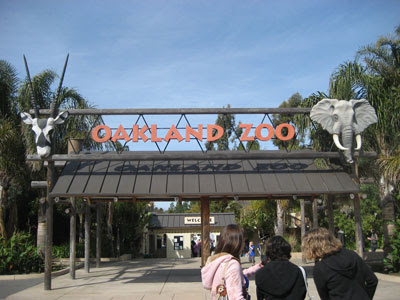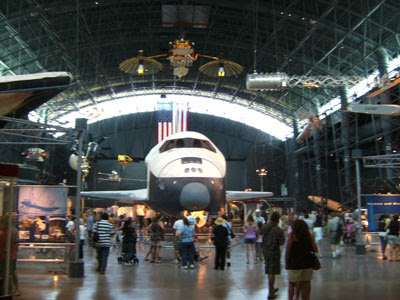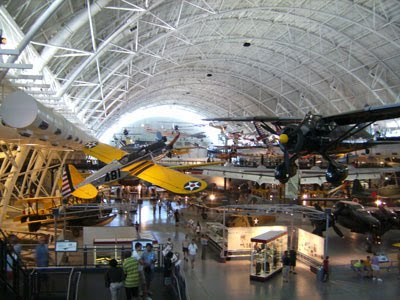As I started organizing my pictures, I remembered I never shared any of my pictures from an earlier great zoo adventure. So here is a picture from a trip to the Oakland Zoo in Spring 2008.

Bonus points if you can name the people in the picture.
Now to my recent San Diego Zoo trip. I will skimp on the descriptions as most of the animals could be identified by a competent kindergardener.


At a nearby gift shop they had paper made out of elephant dung for sale. If you ever get a letter from me you should be glad I refrained from buying it.

I waited in line to see the pandas. It was a disappointment. First, the name "giant panda" is misleading; I could almost throw one in my backpack. Second, they just sit around and eat. They have the digestive track of carnivores but eat bamboo all day. Third, they look like bears with black and white fur. If you want to see something different and not wait in line check out our friend below.

This last one is less well known; it is an okapi. If you are not familiar with these cousins of giraffes ask the Unnamed Geniuses to learn more. There is a great history of how European scientists heard stories of okapi but thought they were mere myths until some evidence of them was collected. If you want to learn more about the process check out Cryptozoology.

Here we have Larry making friends with an expert who looks like Brandon.
After the zoo we went to Dave & Buster's to eat and wait for the traffic to subside. Along with dinner many of us had drinks while it was still happy hour. Larry was heavily pushing AMFs. On that topic, I have another drink recipe.
A.M.F.
1/2 oz Vodka
1/2 oz Gin
1/2 oz Rum
1/2 oz Tequila
1/2 oz Blue curacao
2 oz 7-Up
2 oz Sweet and sour mix
Mix the first six ingredients and then top with 7-up. While the drink usually goes by its initials, its full name is Adios Motherfucker. After you have a few of them you will know why. The alcohol in this is almost the same as a Long Island Iced Tea, except blue curacao replaces triple sec.








 The Apollo 11 Columbia command module is at the Smithsonian on the National Mall. However, the flotation bags and collar attached to this other module are the actual ones used when the Apollo 11 command module splashed down. In the background on the right is the Mobile Quarantine Facility where Armstrong, Aldrin, and Collins were kept in until they were deemed free of contamination from the Moon.
The Apollo 11 Columbia command module is at the Smithsonian on the National Mall. However, the flotation bags and collar attached to this other module are the actual ones used when the Apollo 11 command module splashed down. In the background on the right is the Mobile Quarantine Facility where Armstrong, Aldrin, and Collins were kept in until they were deemed free of contamination from the Moon.
